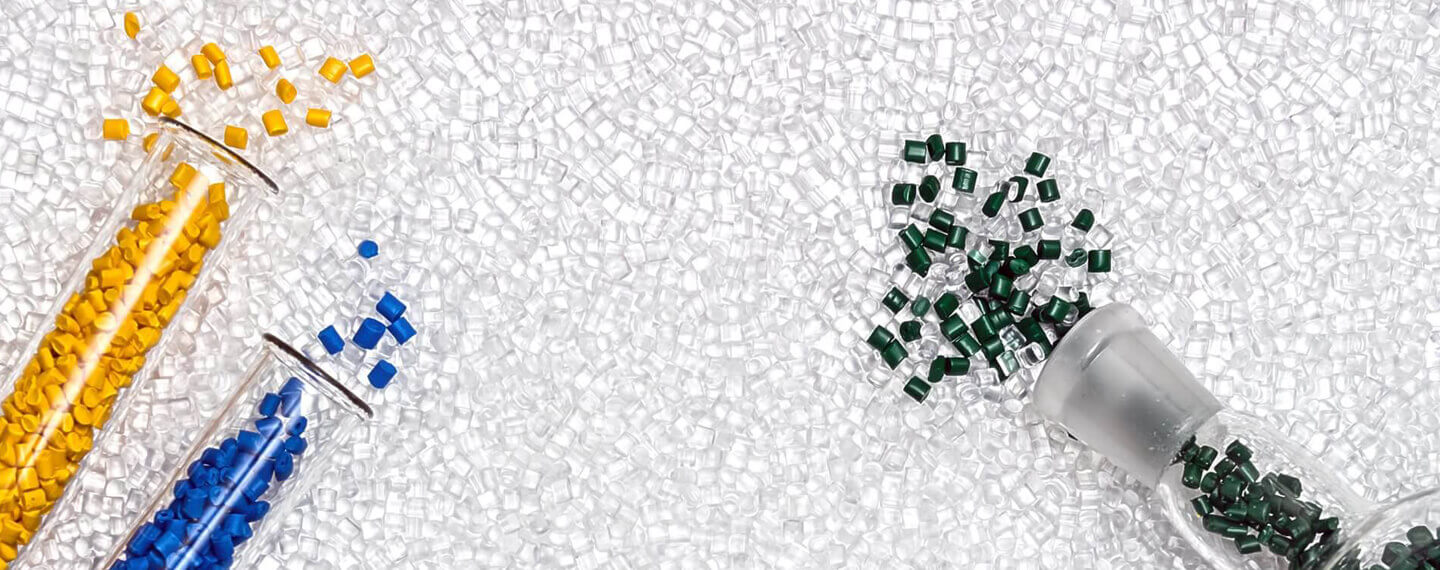You are currently viewing the James Walker Global website.
You are currently viewing the James Walker Global website.

Elastomeric materials consist of a complex mix of ingredients selected to achieve the desired properties.
February 10, 2022However in a biopharmaceutical application, to minimise leachates, it makes sense to minimise the number of components within the material. The challenge then becomes how to design a reliable and effective sealing material, with few ingredients and minimal possible leachates.
The basic elastomer formulation consists of a polymer base, carbon black and a curative, however other additives such as white fillers (e.g. chalk), oils, plasticisers and waxes may also be present.
White fillers are generally used as a bulking agent with the aim of reducing costs. The impact of a material containing a high level of white fillers significantly reduces the mechanical properties, and in particular, increases compression set. Consequently, the issues associated with high set become apparent, namely, intrusion into the pipe bore and the need to re-torque to eliminate leaks. Additionally, as the chemistry of the white filler surface is similar to that of the metal surface chemistry, there is an affinity, which can lead to sticking. Finally, high white filler content is likely to increase leachates.
Oils, plasticisers and waxes are often added to improve processability, thereby reducing costs. However, by their very nature, these materials are mobile in the bulk material, and easily extracted.
Therefore, from a purity viewpoint, it is recommended to design the material for performance and not cost; with as few ingredients as possible, and without high white filler content or processing aids.
There are numerous methods to measure extractables, such as FDA CFR 21 177.2600 for general cleanliness, USP <643> for total organic carbon and USP <381> for heavy metals, depending on what is important for the end user.
When mixing elastomer compounds for biopharma applications it is essential the mixing line is thoroughly cleaned to avoid cross contamination with other materials.
It is common practise in rubber processing to apply a mould release to the mould to allow for easy part removal once moulding is complete. However, the materials contained within the mould release will be transferred to the moulded seal, thus increasing the levels of extractables found in the material. Moulding without mould release is therefore recommended for seals intended for biopharmaceutical processes.
In summary, a key consideration when selecting elastomeric seals is that the chosen material must be engineered for purity, not cost, and processed in a clean manner.

Want to discuss your project, engineering or materials challenge expert to expert? Simply provide us with your contact details and a little information about the application you are working on, and one of our experts will contact you as soon as possible.